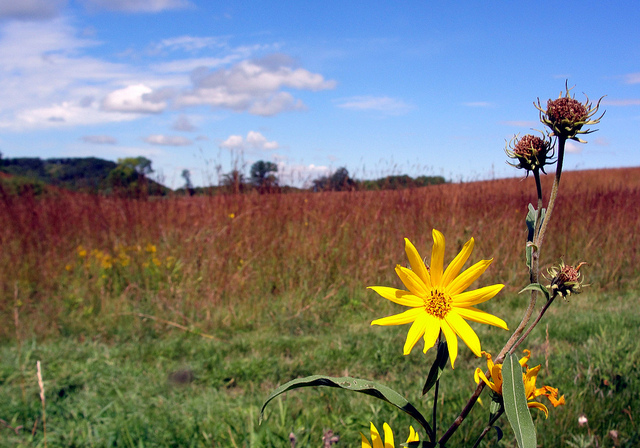 Who owns rural Minnesota?
Who owns rural Minnesota?
On the surface, this seems like a fairly straightforward question, but scratch the surface, and it turns out to be a lot more complicated. Yes, farmers and people in towns and some companies and state and local government do own most of the land in rural Minnesota, just as they do in urban and suburban Minnesota. But when it comes to property ownership in Greater Minnesota, there’s a lot more going on.
We assume we understand what ownership means and that it’s pretty straightforward and uniformly accepted. We own a piece of land, a house, a car, and we use them as we see fit, within the limits of the law. But how much do you really own something when someone else can tell you what to do with it?
Ownership is an especially pertinent topic in Greater Minnesota. In a region blessed with abundant natural resources and where a good portion of the economy depends on their extraction, ownership can mean a number of different things. The implications are big and complex.
Table of contents:
Mining in Minnesota: Who Owns the Ground Under Our Feet?
CapX2020 and “Buy the Farm”: Putting property rights to the test
The artifacts of public policy: Public policy and electricity transmission lines
Sidebar: Do transmission lines threaten people, livestock, or property values?
Research shapes the landscape and economy of Minnesota
Sidebar: Apples and grapes find a special place
Ag bioscience could be key to Minnesota’s economic future
Treaty-Guaranteed Usufructuary Rights in Minnesota: The case of Mille Lacs vs Minnesota



